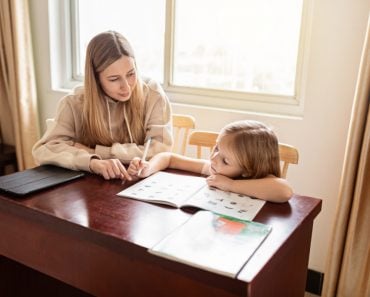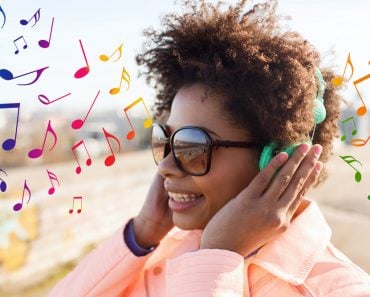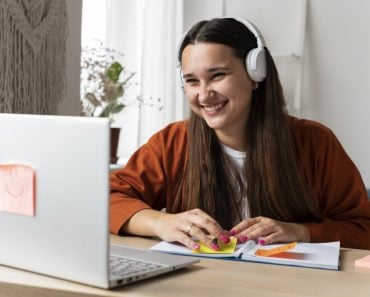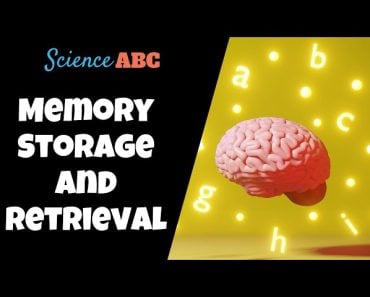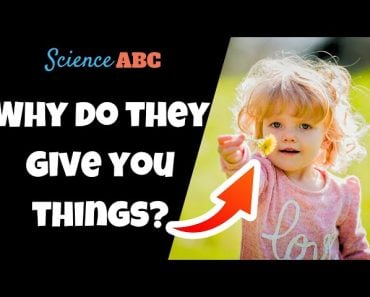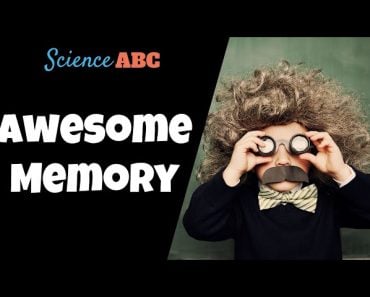Table of Contents (click to expand)
The different learning styles are visual learning, auditory learning, kinesthetic learning and verbal (reading and writing) learning.
How do you seem to understand the world? By reading articles? Listening to audiotapes and documentaries? Actively taking part in and understanding concepts? Or perhaps watching videos made on your topic of interest? Or maybe it’s a combination of a few styles, or even all of them! Learning styles help us collect, organize, store and retrieve information.
Although learning styles are typically used in a student-teacher context, we can’t disregard the fact that we learn throughout our lives. After graduating from your highest level of education, you will likely have a preference concerning how you like learning about new things.
Recommended Video for you:
Different Learning Styles
Learning styles are usually categorized based on sensory preferences. They are broadly divided into four styles:
- Visual Learners
- Auditory Learners
- Verbal (reading and writing) learners
- Kinesthetic Learners
Neil Fleming coined VARK (visual, auditory, reading and writing, kinesthetic) when he identified these different learning styles in 1987.
Visual Learners
Visual learning, also known as spatial learning, refers to learning best via visual stimuli. Their sensory perception of sight is the strongest. Visual learners can be identified through their frequent use of graphs, diagrams, charts, doodling, maps, images and colors. This is the most common learning style, as according to the Social Science Research Network, 65% of the population is composed of visual learners.

Strengths
Visual learners can easily place and recall images. Since their sight is their greatest strength, they can easily notice even minor changes in their surroundings. They are very detail-oriented and love making lists, as well as taking notes.
How Can You Help A Visual Learner?
If you’re a visual learner or teacher whose students are visual learners, it is better to select texts that have more images, diagrams, pie charts, flow charts etc. If you’re a student, then color coding related topics and highlighting important keywords can help you better recall information faster. If you’re a doodler, draw images or cartoons related to the topic, or dig into science based on more diagrams than text. In math, you can create a separate chart just for the formulas of the chapters and stick it on the wall of your room. Even unconsciously, the information will register in your mind. While revising, you can use flashcards. Experiment with different fonts if you’re learning on a laptop.
Auditory Learners
Auditory learners learn best by hearing information, rather than seeing it. 30% of the population are auditory learners. They prefer listening to lectures, learning through songs and rhymes (primary students), or repeating the information out loud. They might be slow when it comes to reading, but will be very good at explaining things verbally.
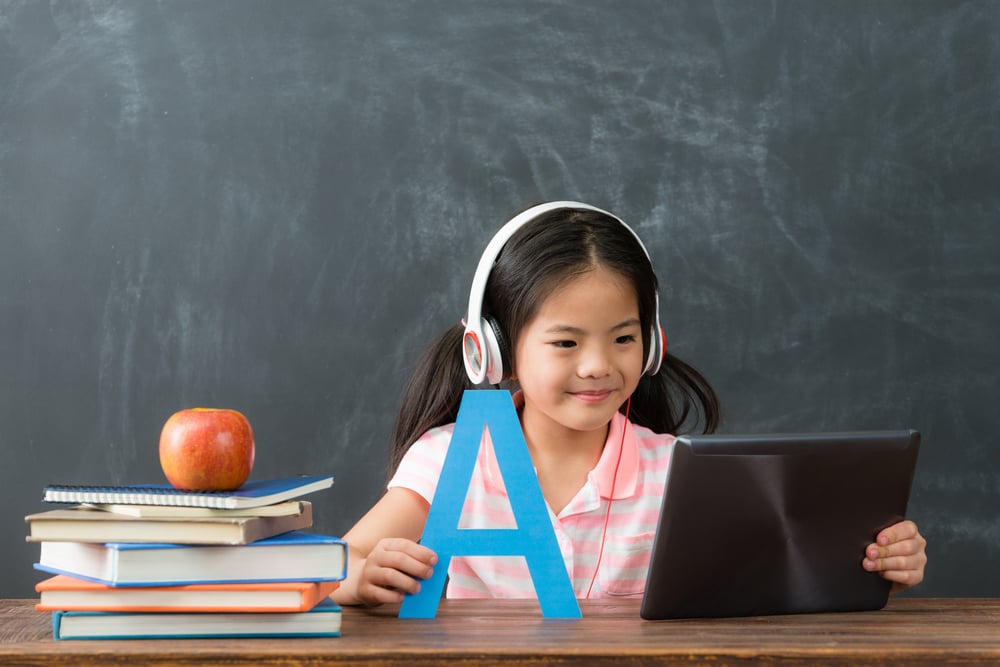
Strength
Auditory learners are good debaters, and can notice subtle changes in voice and tone. They will be good at interpersonal skills and typically have good communication skills. They can retain long lectures, are good at storytelling, and tend to learn other languages easily.
How To Help An Auditory Learner?
If you’re an auditory learner, try recording lectures that can be revised back at home. Try to learn theories by putting the concept into a rhythm and making a song from it. Teachers should ask auditory learning students to verbally give a gist of the information that they understood and allow them to recite the answers aloud while revising. Auditory learners perform better in oral exams than written tests.
Kinesthetic Learners
Only 5% of learners are kinesthetic learners, people who learn through physical activity. Also known as tactile learners, such learners need to get involved in activities surrounding a concept to understand it better. These are usually students who need frequent breaks between lectures and struggle to sit still for long periods of time.

Strengths
Kinesthetic learners are usually good at the performing arts, such as dance and drama. They’re also good at sports, since they have better motor skills and hand-eye coordination. These people can also learn things by simply watching others do it.
How To Help A Kinesthetic Learner?
If you’re a kinesthetic learner, try getting involved in projects in your class regarding a certain topic. Use different textured paper and color pens while making notes. Teachers should ask such students to enact the concepts and dramatize them for the rest of the class. For example, Shakespeare’s plays can be acted out in class for better understanding. Science classes can involve conducting experiments in class or going on science field trips.
Verbal—Reading And Writing
These learners have certain overlaps with visual learners, as these learners prefer to have information placed visually in front of them, e.g., reading articles, journals, or looking for information on the internet. They can easily learn through textbooks and other learning materials, which is a common setup for an educational setting.
Strengths
Such learners benefit most from the current education system, which favors more reading and writing of essays on topics. They are good at absorbing information expressed through written words.

How To Help A Verbal Learner?
Give these learners topics for research or on which they can write articles. Encourage them to write down whatever they have learnt in the class in their own words. They can also be encouraged to delve into extra reading material to enhance their knowledge.
It is not necessary to only teach people in one particular style. People can be visual as well as auditory learners, or a visual and verbal learner, or a kinesthetic and auditory learner. It’s better to try and experiment with all the different techniques of learning, rather than restricting yourself to one that seems to be your strength.
If you’re a verbal learner, you would probably prefer to read this article, but if you’re a visual or auditory learner, we’ve also got you covered.
Check out our Youtube page for a learning experience that may be better suited for you!
References (click to expand)
- 4 Types of Learning Styles: How to Accommodate a ....
- Office of Student Accessibility Services.
- https://www.cornerstone.edu/blogs/lifelong-learning-matters/post/your-guide-to-understanding-and-adapting-to-different-learning-styles
- VISUAL, AUDITORY, KINESTHETIC AND MULTIMODAL LEARNING. - academics.uafs.edu


